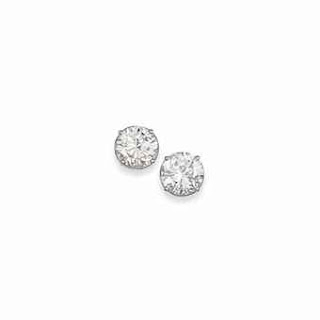When you buy a diamond ring or a gold necklace or a silver
coin, you make investment in these expensive items trusting your local jeweler
and the advertisements shown on T.V. Your hard earned money is spent on
purchasing these articles of great importance. But not only that, you purchase
them for your loved ones and people dear to you and such people usually attach
a lot of sentimental value into these items. In our society buying jewellery of
no matter what kind is considered to be a very good thing as it is an insurance
against future uncertainty and also assign of prosperity.
But it so happens that in quite a few cases after making a
purchase on a later day the buyer finds out that what he/she bought was
sub-standard jewellery and ornaments and where exaggerated in their purity,
weight and originality. Such fraud and adulteration in manufacturing of
precious gold materials in India has been rampant. The classic English idiom
that “All that glitters is not gold” applies aptly at such a situation. In
order to protect the consumers from such rampant adulteration and
misappropriation by the producers of jewellery, the government came up with the
idea of a marking scheme. This mark is today known across India as ‘BIS
Hallmarking Scheme’, passed by an act of parliament in the year 1986.
Whenever buying jewellery it is necessary to keep a few
things in mind that could save you from being a hunt in the huge net of greedy
jewelers. First, make sure you deal only with your family jeweler. Second,
check for BIS hallmark on the jewellery article and the purity grade such as 22
carats or 18 carats. Thirdly, look for the ‘Year of Marking’ denoted by a code.
And finally, the jeweler’s identification mark. If you ever purchase any diamond or white gold jewellery
make sure you are sure of the authenticity of your purchase.


























